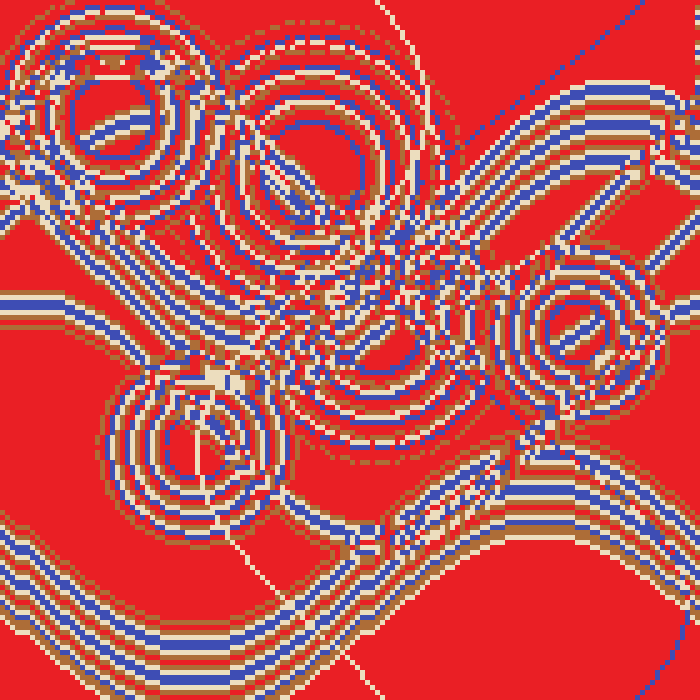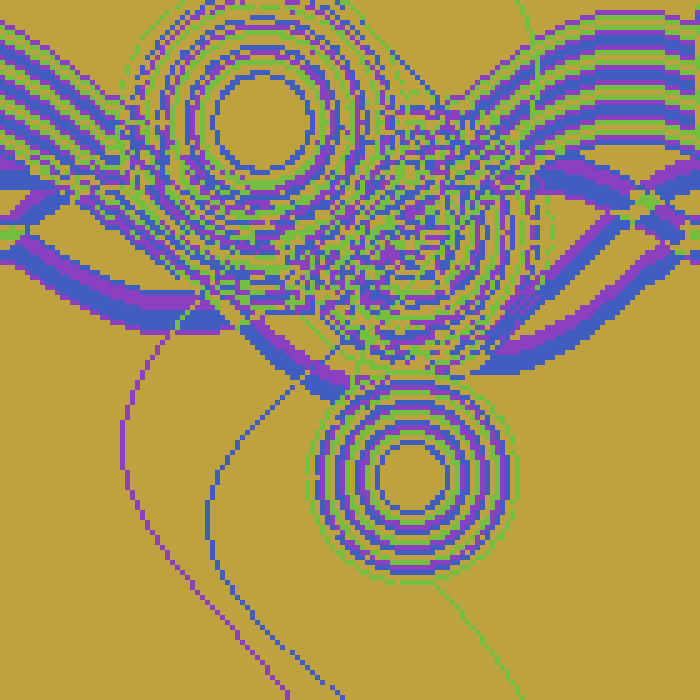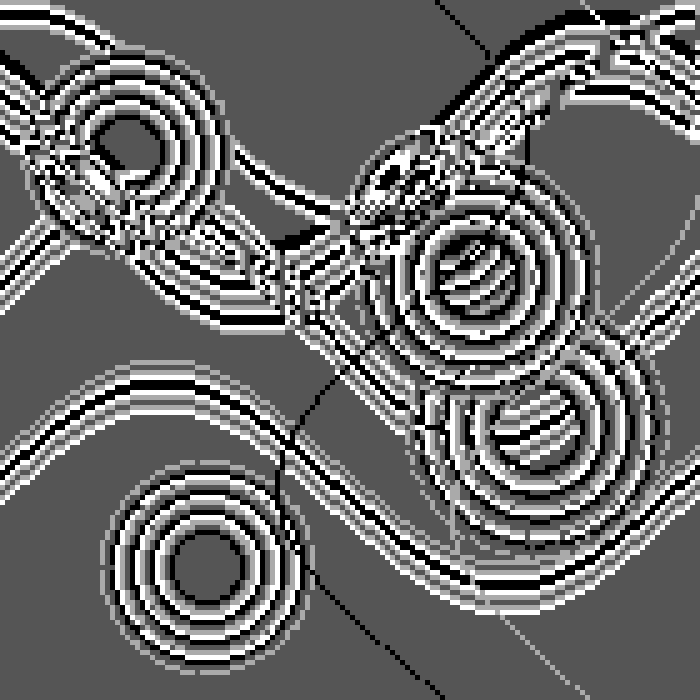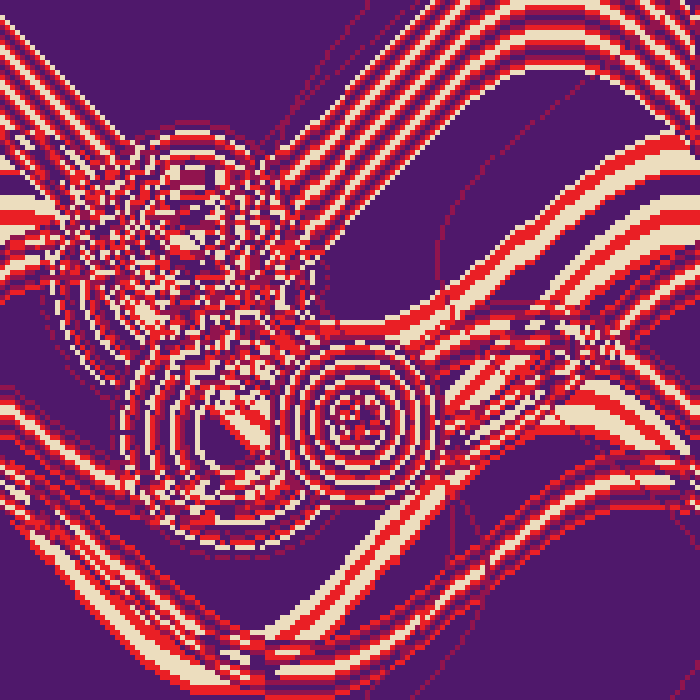Explora ex machina
IPFS
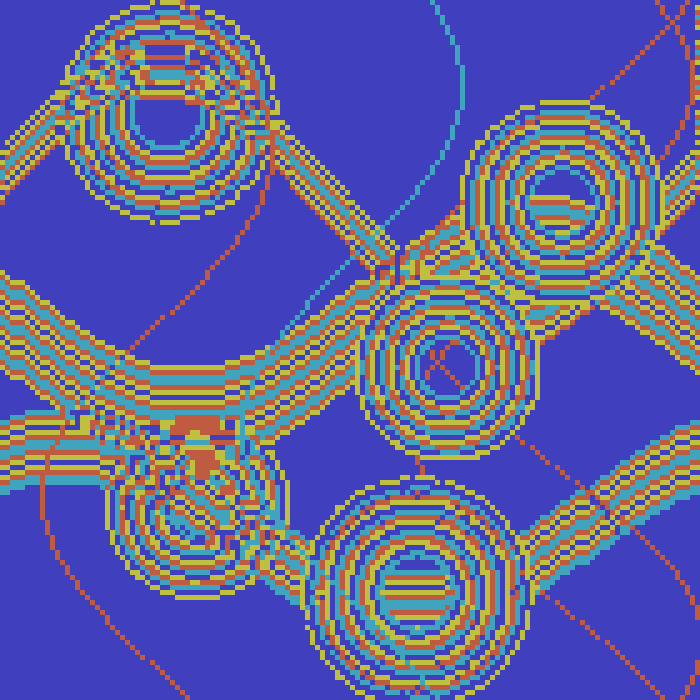
8 August 2022•TEZOS•IPFS
I've been involved in making art with the computer since the early 1970's. I’m one of the few early pioneers who’s still practicing Generative Art today.
128 EDITIONS
•8 RESERVES
minted
12 / 128
fixed price
10 TEZ

